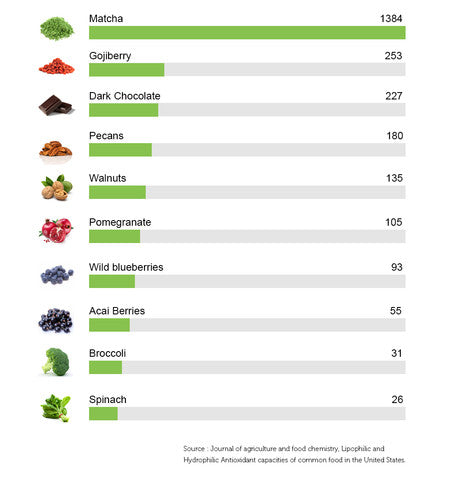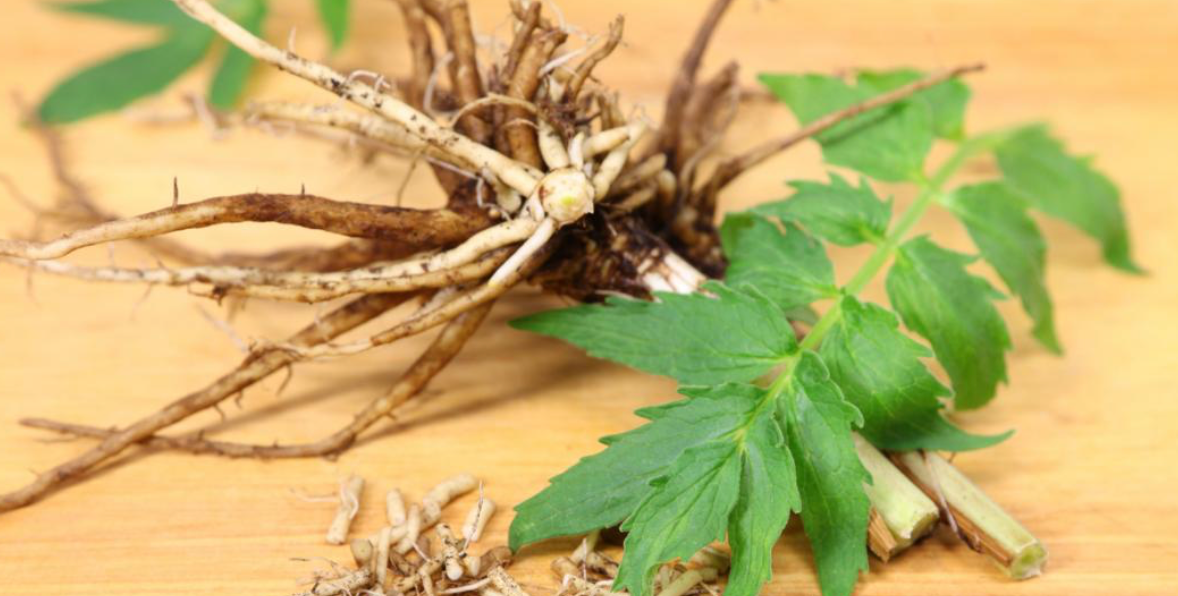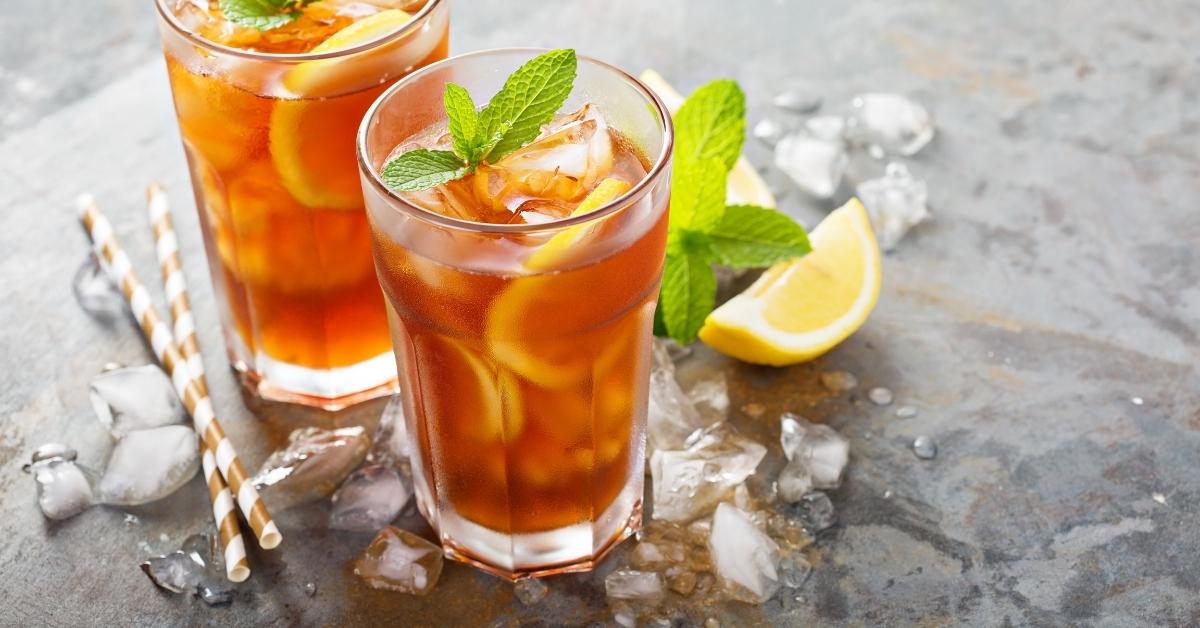The less tea leaves are processed, the more antioxidants they deliver. White tea is the least processed and fermented. It has three time more antioxidants than green tea. White tea is not as well known; it has a very
White tea is the least processed and fermented. It has three time more antioxidants than green tea. White tea is not as well known; it has a very
subtle flavor and the palate should be well developed to really appreciate the taste.
After White tea, in terms of antioxidants come Green, Oolong, and Black tea.
The leader of antioxidant content is Matcha because of its unique processing methods. Several weeks before the harvest the tea leaves are covered to hide them from direct sunlight. This makes them more tender and juicy, less bitter, and richer in amino acids. The young leaves are harvested while still tender and then dried, stems are removed, and made into a powder.
Matcha is a powerhouse of antioxidants—137 times more antioxidants than plain green tea—and more than found in ginger, blueberry, spinach, and broccoli. Matcha is the only tea where tea leaves are consumed not infused. It is a health elixir for centuries.

We offer many quite a few options in our Matcha Collection. For someone just getting started, our Matcha Starter Kit delivers Matcha, a whisk, and a matcha spoon. For athletes and busy people we recommend the Cold Brew Matcha tea bags which can be simply added to cold water and ice cubes, shaken and enjoyed. The more experienced Matcha drinker ready for a new tatste may be interested in our White Matcha or our Peppermint Matcha. Both deliver a delicious change of pace, and plenty of anti-oxidants!




